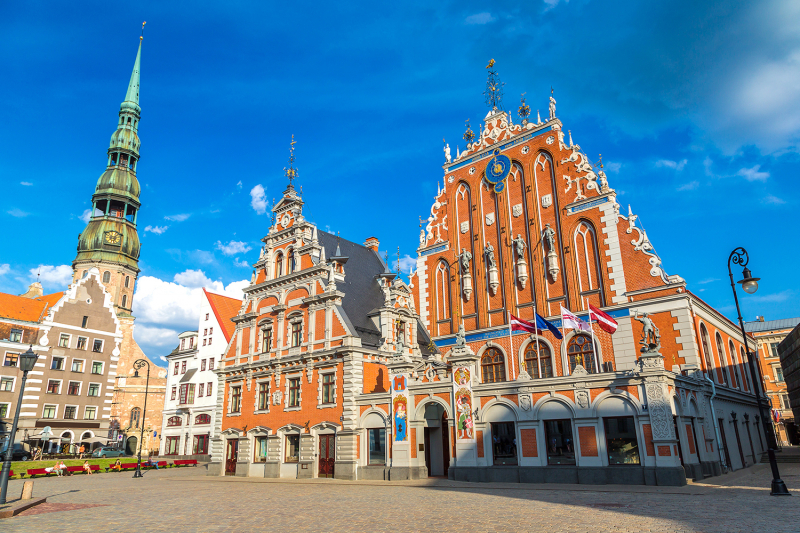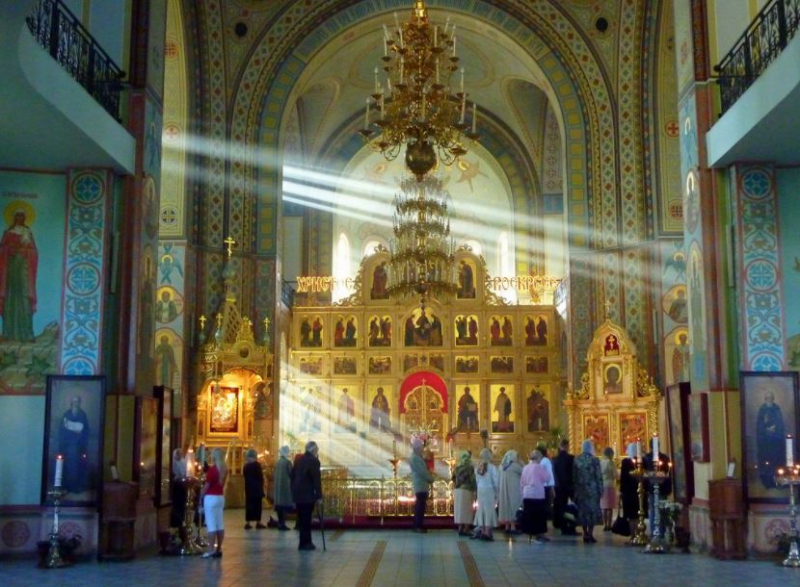Religious
Through interactions with Germans and Russians, Latvia became Christian. It is part of the Latvian culture, customs and etiquette. The Catholic faith was brought by the knights of the Teutonic Order, while the Orthodox Church came before the eleventh century. The Moravians, who came to Raga in 1729 and established a seminary in Valmiera, gathered a large following very rapidly. This movement elicited exuberant reactions and developed a strong nationalistic bent. Mid-nineteenth-century Baptist immigrants were also successful in piqueing the curiosity of the local populace. The stifling Baltic German presence was associated with the Lutheran and Catholic faiths.
The local interpretation of Christianity contains remnants of earlier traditional beliefs, which affect daily attitudes and discussion. The ongoing commemoration of the midsummer solstice Ji serves as a symbol of national identity and a reminder of the influence of ancient beliefs and customs. During the Soviet occupation, religious activity was suppressed and many ministers were detained. Funerals and memorial services, on the other hand, were extremely lavish events that eventually served as a covert means of expressing national mood. Many new religious movements have been introduced and religious practice has been revived during the post-Soviet era.







